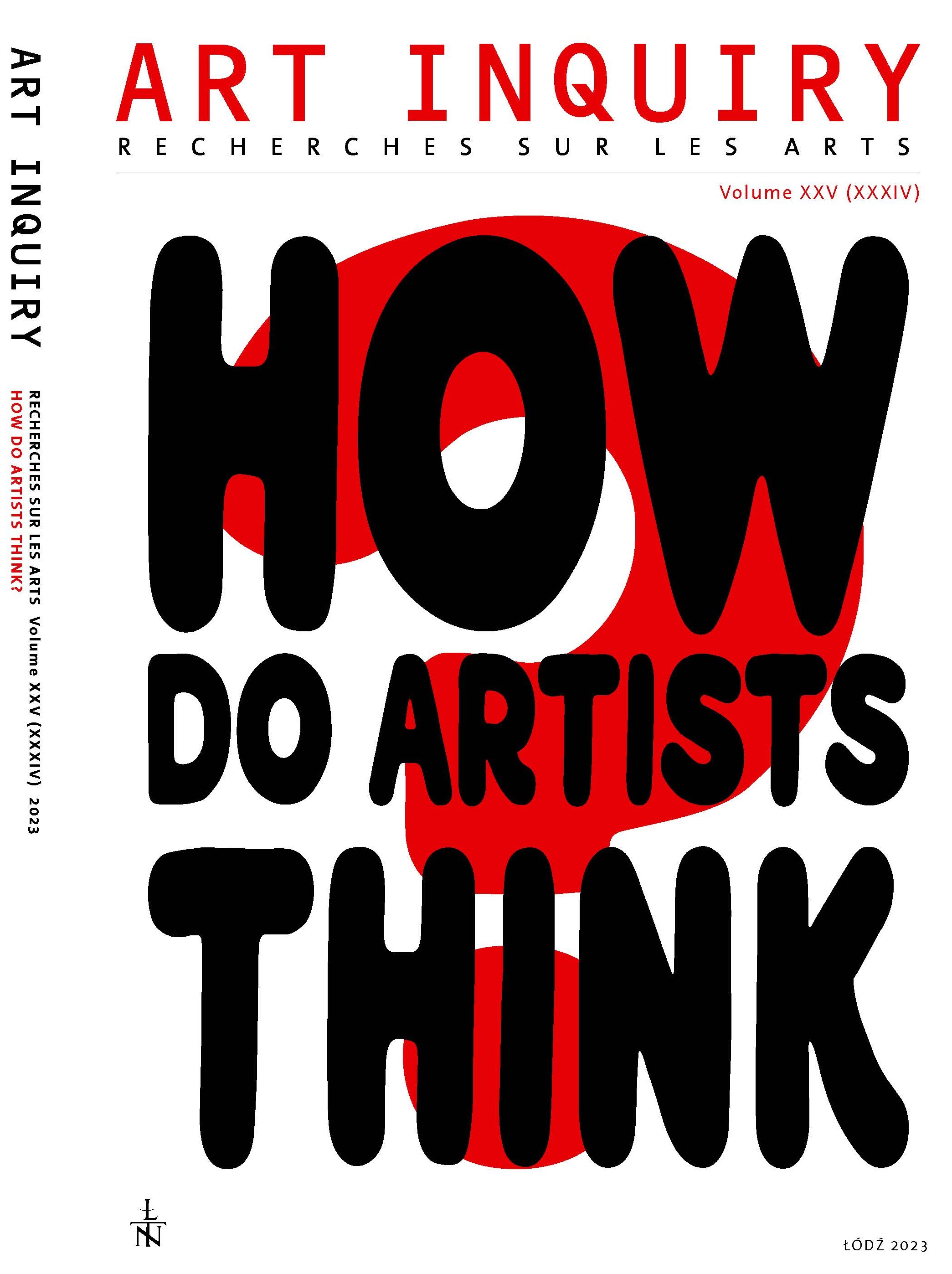PARANOIA-CRITICISM AS A SURREALIST VARIANT
OF ARTISTIC THINKING
PARANOIA-CRITICISM AS A SURREALIST VARIANT
OF ARTISTIC THINKING
Author(s): Agnieszka KuczyńskaSubject(s): Sociology of Art, History of Art
Published by: Łódzkie Towarzystwo Naukowe
Keywords: Surrealism; Paranoia-Criticism; Simulacrum; Aspect Perception; Dalí; Breton; Lacan; Wittgenstein;
Summary/Abstract: While in the 1920s surrealism was dominated by the notion of mental automatismand hysteria, in the 1930s surrealist experimentation was mainly concentrated on the notionof paranoia. Introduced by Salvador Dalí in his L'Âne pourri ("Le Surréalisme au service dela Révolution", 1930 No. 1), it was intended to expose normative understanding of perceptioninadequate to experience. The primary tool used by Dalí was an optically ambiguous imagewhich could be interpreted in different ways. André Breton wrote about critical paranoia inL'Amour fou (1937), referring to Freud's text on Leonardo da Vinci. In Anthologie de l'humournoir, he defined it as "the détournement of the logical function in its usual modes of operation".The notion of paranoiacriticism helps to accentuate a crucial role of such perceptual states andconcepts describing cognition as inconclusiveness and polysemy. To a large extent, they mark theboundaries between linguistic and visual articulation. Paranoia seems to be a concept very farfrom the twentieth-century model of scientific thinking, but if we refer to Wittgenstein's Logical--Philosophical Treatise, we can see that his concept of aspectperception is not far from a surrealistdefinition of paranoiacriticism.
Journal: Art Inquiry
- Issue Year: 2023
- Issue No: 25
- Page Range: 115-125
- Page Count: 11
- Language: English

